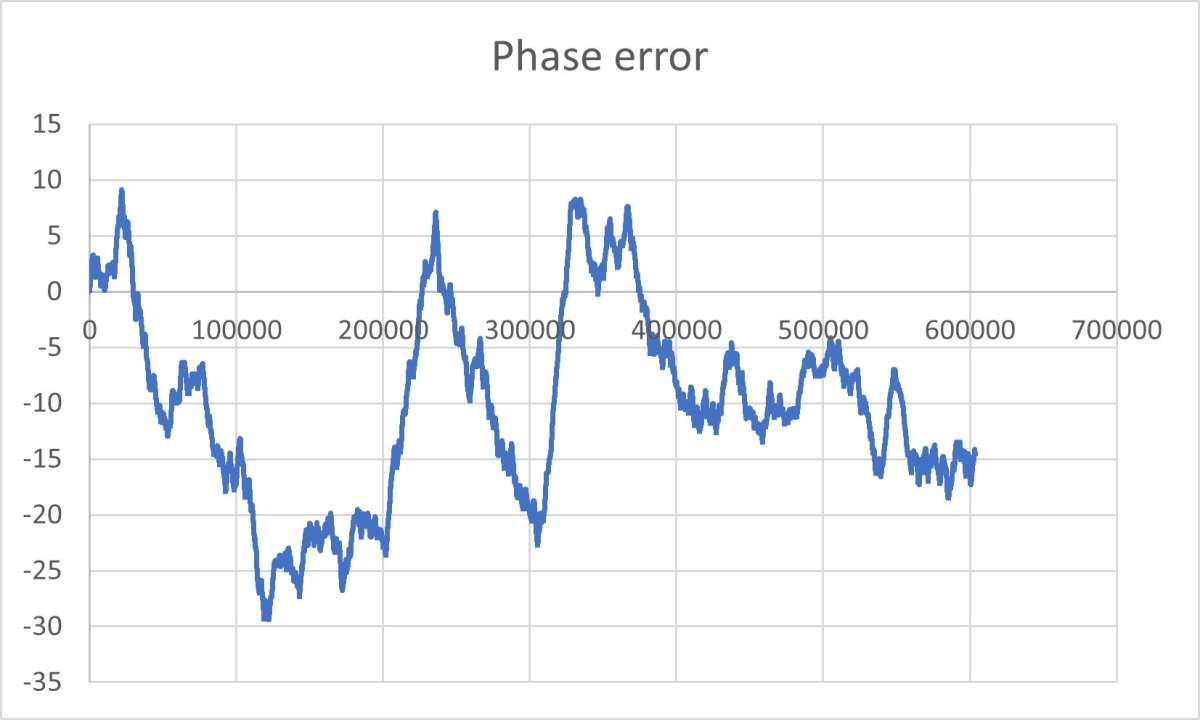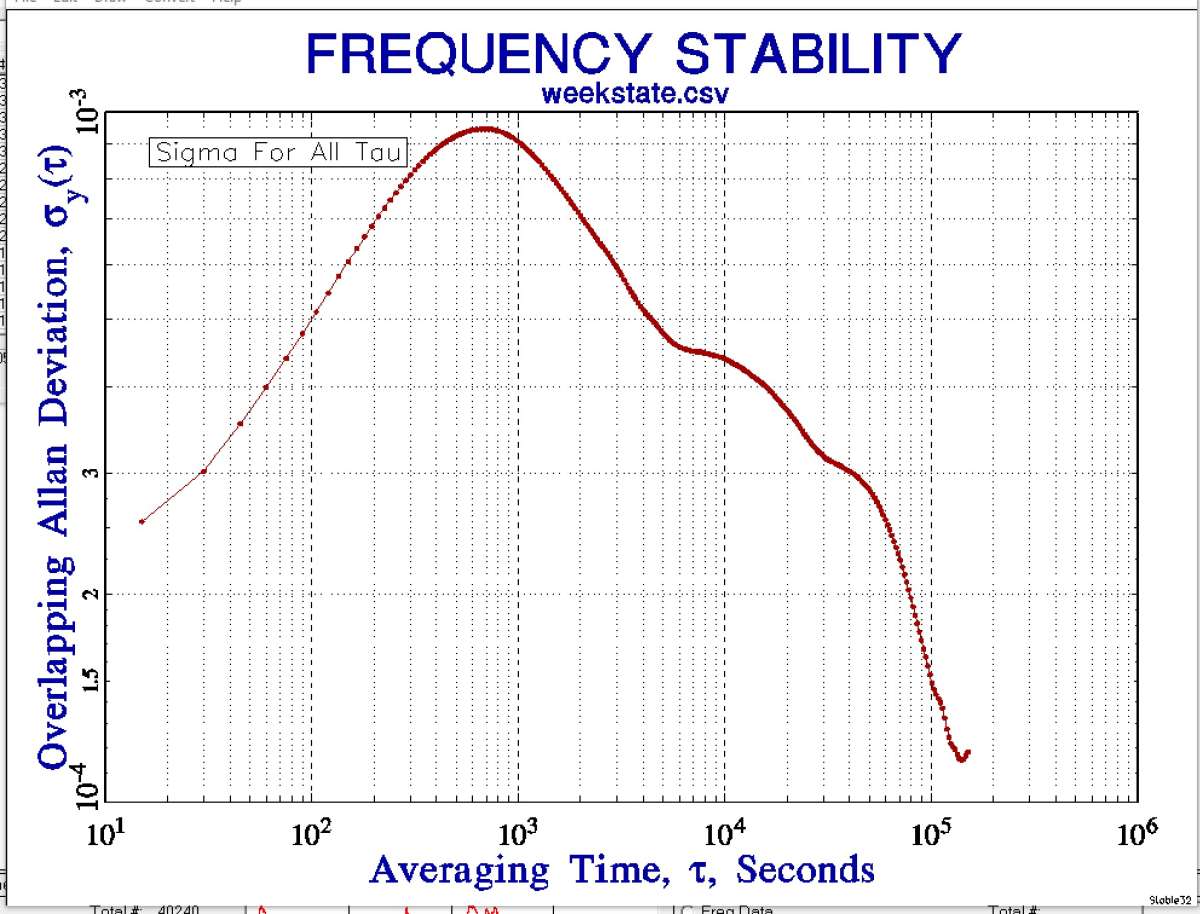Whats this clock for and hows it made?
Whats this clock for and hows it made?
- This topic has 32 replies, 12 voices, and was last updated 6 May 2024 at 21:57 by
John Haine.
- Please log in to reply to this topic. Registering is free and easy using the links on the menu at the top of this page.
Latest Replies
Viewing 25 topics - 1 through 25 (of 25 total)
-
- Topic
- Voices
- Last Post
Viewing 25 topics - 1 through 25 (of 25 total)






